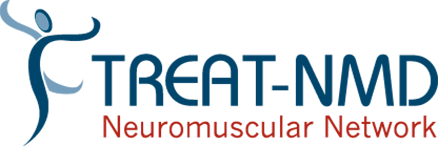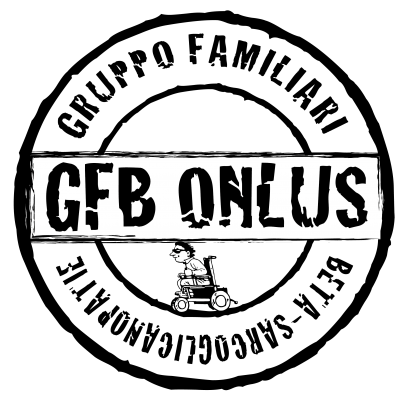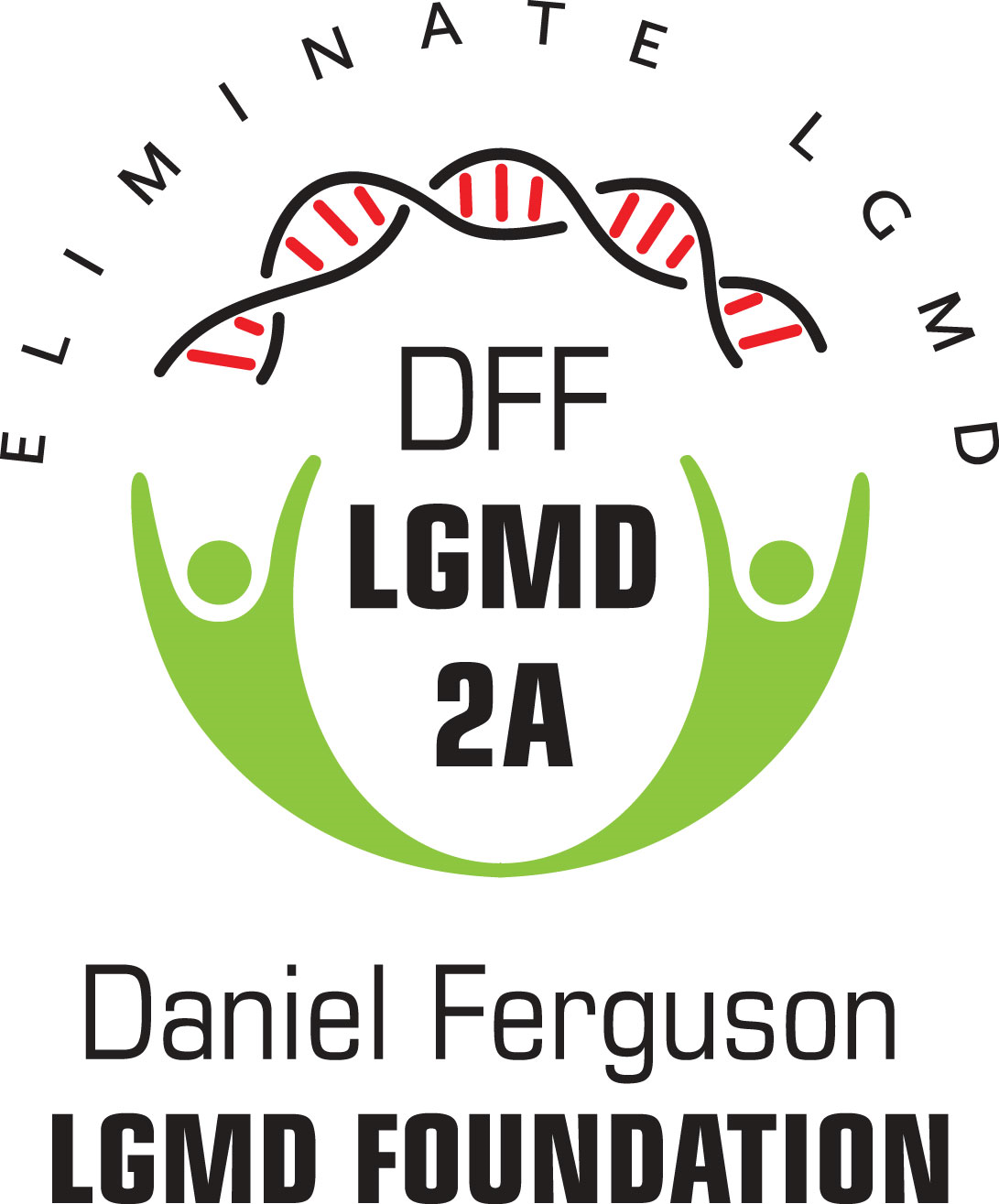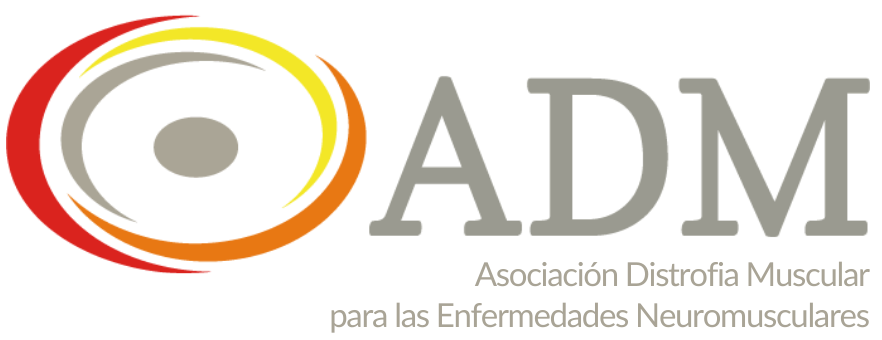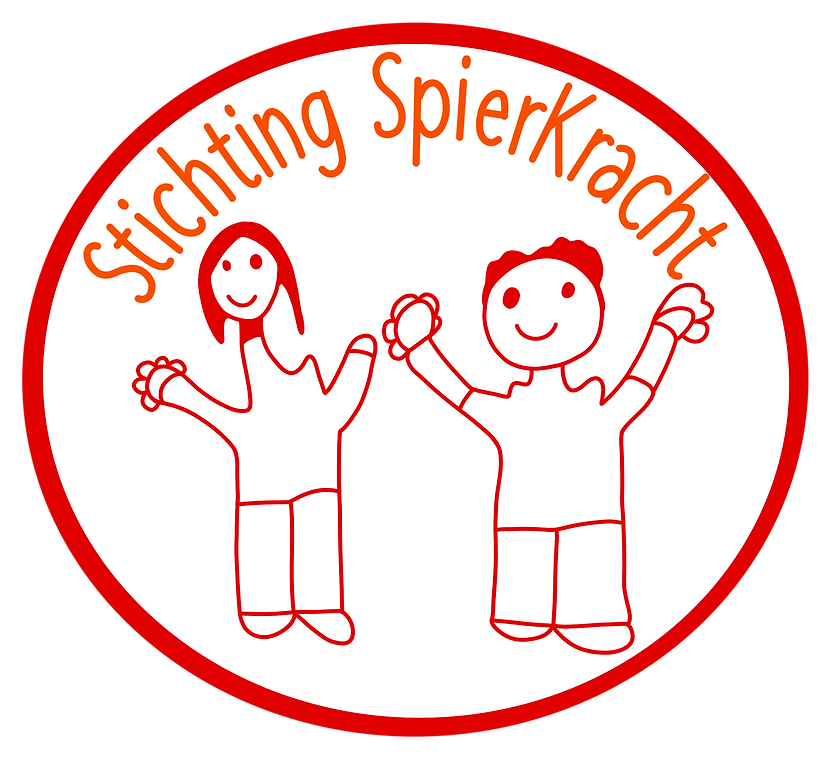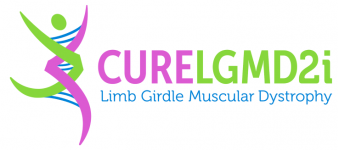Accurate diagnosis and effective care are paramount for individuals with limb-girdle muscular dystrophy (LGMD). The “Diagnostic & Care Resources” page is meticulously curated to provide insights, guidance, and resources related to the diagnostic processes and care methodologies for LGMD. Whether you’re embarking on the diagnostic journey or seeking advanced care options, this guide aims to offer clarity, support, and direction, ensuring you’re equipped with the knowledge to make informed decisions.
Diagnostic & Care Resources
Do you think you have a form of Limb-Girdle Muscular Dystrophy (LGMD)? It is very important for you to get a genetically confirmed LGMD diagnosis. If your doctor tells you that you have an LGMD but doesn’t genetically confirm it, your diagnosis is incomplete. Knowing the exact form of LGMD or sub-type is important as there are health benefits for confirming an LGMD sub-type through genetic testing. Genetic testing can be performed with either a saliva or blood sample.
Have you received confirmation of your LGMD sub-type diagnosis? Please consider having your name entered into a diagnosis specific “LGMD Patient Registry”.
One of the challenges of living with a rare disease such as Limb Girdle Muscular Dystrophy (LGMD) is finding physicians and other health care specialists who have a good understanding of the disease process.
Exercise and LGMD:
Pod-NMD –
- Anna Mayhew, a world expert physical therapist in the UK, has launched an incredible free resource for the clinical community that also caters to patients.
- It is an LGMD physical assessment resource designed to help physical therapists around the world learn best practices and tips to better care for and assess individuals with LGMD.
- Click to access the website
Exercise advice for adults with muscle-wasting conditions
- Muscular Dystrophy UK has this resource available which is full of tips and ideas to help people living with a neuromuscular condition, such as LGMD, stay as fit as they can.
- Click to access the resource
- The B-FIT training guide supports health care professionals to prescribe personalized aerobic exercise.
- The authors of the training guide are affiliated with the Department of Rehabilitation Medicine of Amsterdam UMC.
- Click here to learn access the training guide.
Looking for Answers on Exercise
- MDA Quest article from August 23, 2022
- Click here to access the article
The National Organization of Rare Disorders (NORD) has designated 31 Rare Disease Centers of Excellence nationwide. Each center offers the high-quality specialized care needed to help diagnose and manage complex rare diseases. Collaboration between these institutions creates critical new connections and improves access to best-in-class clinical care and resources.
There are more than 30 known subypes (forms) of limb-girdle muscular dystrophy (LGMD). In 2017, the naming system (nomenclature) of LGMD was changed.
- Patient information leaflet on new names for LGMD (PDF Document)
The American Academy of Neurology (AAN) published recommendations for the care of people with limb-girdle muscular dystrophy and related disorders.
- Summary of Evidence-based Guideline for PATIENTS and their FAMILIES
- Summary of Evidence-based Guideline for CLINICIANS
- Download the “Muscular Disease Guidelines” mobile app for through the iTunes Store or the Google Play Store
- Facts About LGMD – a publication from Muscular Dystrophy Association (MDA)
- LGMD Organizations/Foundations
- National Center for Biotechnology Information (NCBI)
- National Institute of Health (NIH)
- Muscular Dystrophy Association (MDA)
- Muscular Dystrophy Foundation Australia
- Muscular Dystrophy Canada
- Muscular Dystrophy New Zealand
- Muscular Dystrophy South Africa
- Muscular Dystrophy UK
- Treat-NMD: Neuromuscular Network
- Team Titin – LGMD2J and Titin Myopathy
Pharmaceutical / Biotech Websites:
Savunuculuk Ortaklarımız


